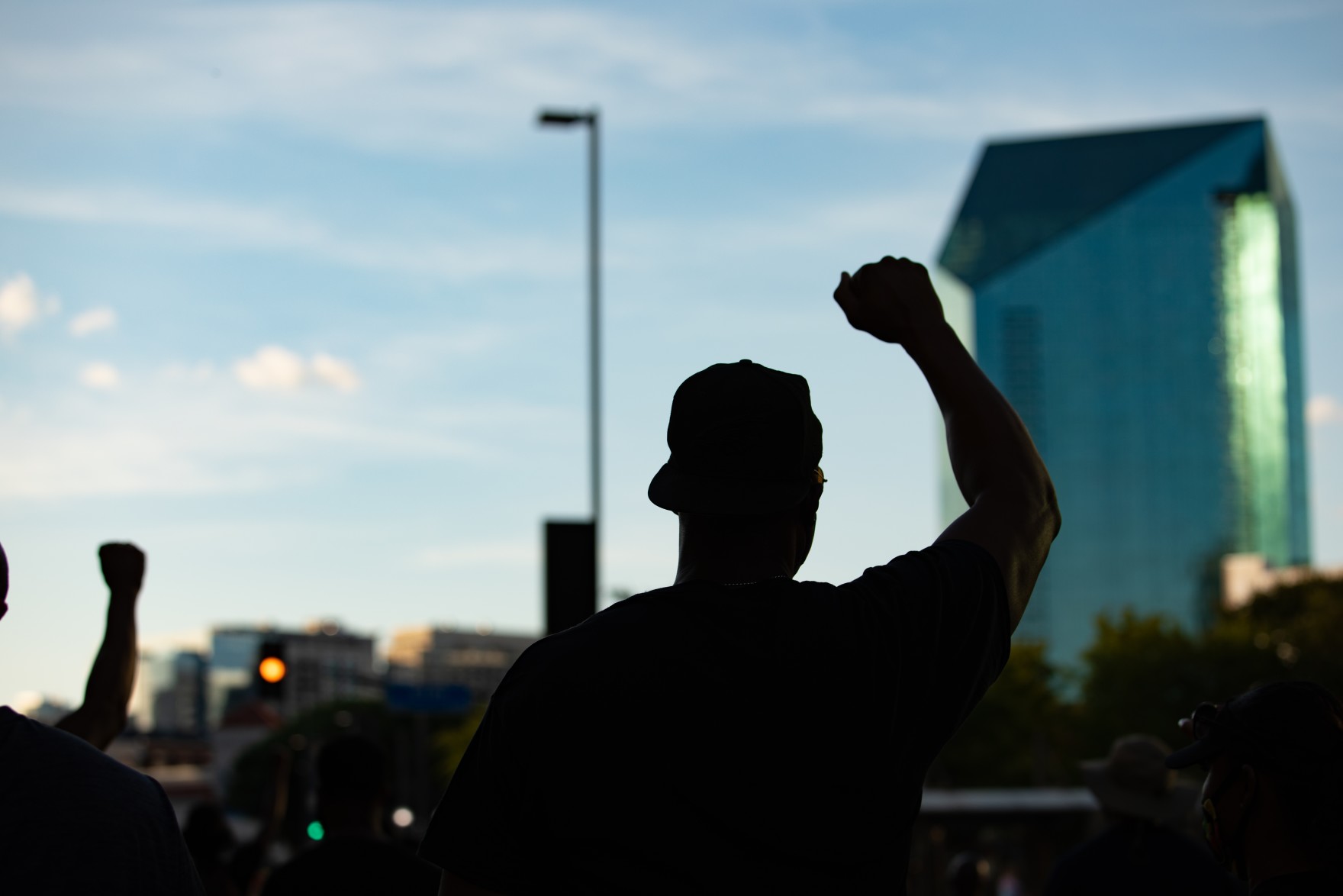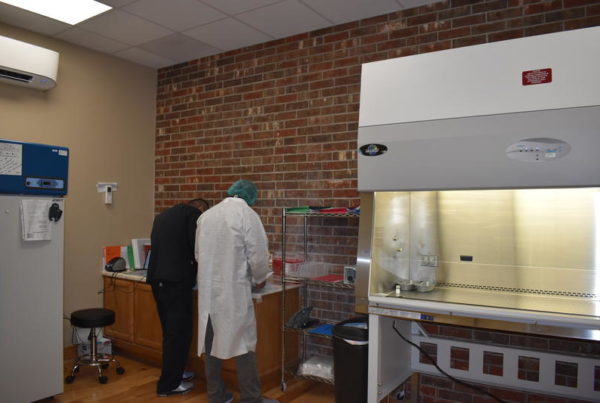From KERA:
After months of being cooped up at home during the coronavirus pandemic, Fort Worth resident Octavia Woodard has spent her summer demonstrating in the streets of North Texas.
“There were times I was on the front line, and I was leading some of those chants,” Woodard said. “I was out there, and it was just an adrenaline rush, so it was a release for me.”
Woodard is with Enough is Enough Fort Worth!, a group of community organizers that formed after the police killing of George Floyd on May 25. Over the past few months, members have spoken against systemic racism at public meetings. They’ve organized back-to-school donation drives and continued to protest police violence.
Woodard, who is Afro-Latina, said it’s cathartic to call out the racism that permeates life for so many Black Americans. At the same time, she’s aware of the potential danger.
“I did experience situations where there were people spitting on us, people who threw a noose in the middle of the street while we were walking,” she said, “cars trying to run through the crowd while I’m out there in the middle of the street.”
Taking Mental Health Breaks
When she began to feel anxious and worried for her safety, Woodard decided to take a break from protesting. She wasn’t there last month when members of Enough is Enough Fort Worth! joined activists in Weatherford to call for the removal of a Confederate statue at the Parker County Courthouse. The group was met with armed counter-protesters. Woodard watched cellphone video as they insulted her friends, threw water bottles and brandished guns. That violent scene inspired her to take action.
Woodard began reaching out to mental health professionals in North Texas, and on August 1, Enough is Enough Fort Worth! held an event for local protesters focused on mental wellness and healing. There was a yoga class, information on finding affordable therapy and a mental health check-in.
“So we allowed people the opportunity to just speak and talk about some of the emotions that they’re going through,” Woodard said, “or is there something that they’re struggling with, and they need to figure out how to get through that?”
Woodard has learned to take breaks for her mental health, but there’s no slowing down her activism.
“This feels like a tipping point to me,” said Lauren Duncan, a psychology professor at Smith College.
Duncan, who teaches courses on the psychology of politics and activism, said there are many factors that have created momentum for anti-racist activism.
“Partially I would say it’s because of the pandemic, and people have a lot of time to be on the internet, to be reading,” Duncan said. “It feels like there’s a level of awareness… in the majority white culture. It feels like it’s new.”
Nationwide protests have inspired measurable changes, from police budget cuts to the removal of Confederate monuments. Duncan said the power of protesting provides a sense of hope and agency.
“Research has shown that for members of groups who are discriminated against, that participating in collective action aimed at redressing the discrimination or making things better is actually a positive thing for their mental health,” Duncan said.
Avoiding Burnout
Ongoing protests are also helping people build communities of support, a key component of sustainable activist movements.
“If you don’t have that, you’re probably not going to persist for too long because it’s just too hard,” Duncan said. “It’s too draining.”
Avoiding burnout is a tricky balancing act, said Lakeita Cook, a licensed professional counselor in Dallas.
Cook, who has worked with clients facing complex histories of trauma, said protesters are often faced with jarring imagery and violence, and taking breaks is essential. She compares collective action to a basketball game.
“Not everybody is on the floor the entire game,” Cook said. “You take people out, you put people in. Some people rest while some people are still playing because we’re all fighting for the same goal. We’re all trying to move in the same direction, but we don’t have to be on. We don’t have to be active 100% of the time.”














